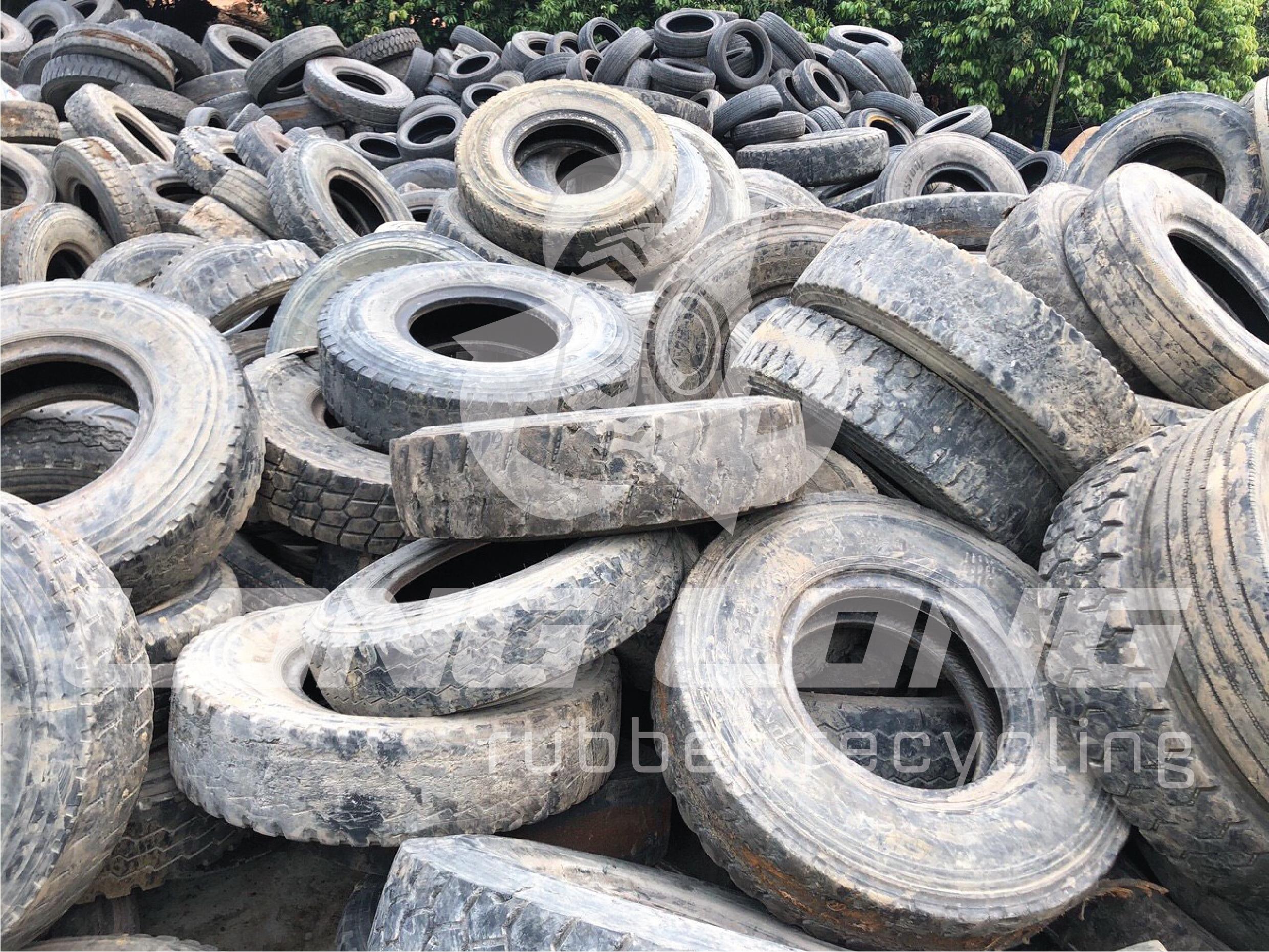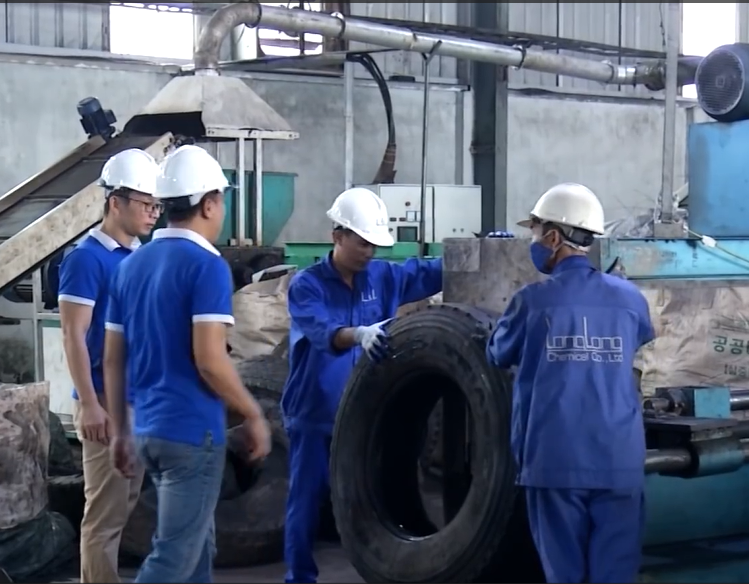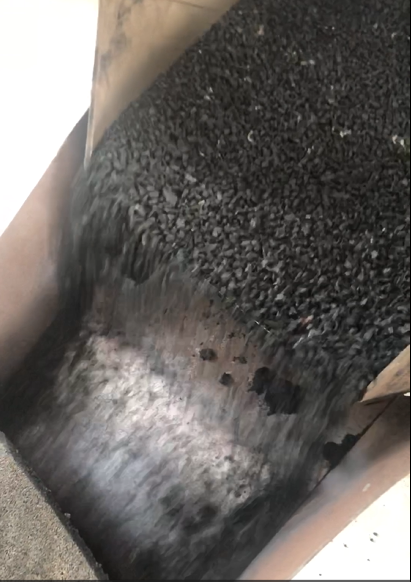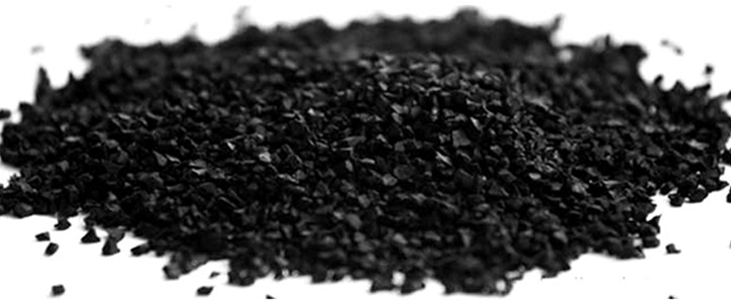Tires are essential in modern transportation, but once worn out, they become a significant environmental challenge. Without proper recycling, discarded tires can linger in landfills for decades, leaching toxins and serving as breeding grounds for mosquitoes. Fortunately, the waste tire shredding process offers an effective, eco-friendly solution to turn scrap tires into valuable products.
Why Recycle Scrap Tires? Environmental & Health Concerns
Tires take decades to decompose
Scrap tires are primarily made of rubber, steel wires, and synthetic fibers, making them highly durable and resistant to natural decomposition. It can take 50-80 years for a tire to break down in a landfill.
Open burning releases toxic gases
Improper disposal by burning tires emits harmful substances like carbon monoxide (CO), sulfur dioxide (SO₂), and dioxins, which degrade air quality and threaten human health.
Standing water creates mosquito habitats
Abandoned tires collect rainwater, becoming perfect breeding sites for mosquitoes that carry diseases such as dengue and malaria.
By recycling scrap tires through shredding, we minimize these risks and recover valuable materials.
Overview of the Tire Shredding & Recycling Method
The tire shredding process utilizes industrial machinery to break down used tires into smaller pieces and grind them into recycled rubber granules. Along the way, steel wires and textile fibers are separated for reuse or sale.
Key benefits of this method:
- Maximizes resource use: Salvages rubber, steel, and fibers for new products.
- Reduces landfill waste: Less waste volume means more sustainable land management.
- Provides raw materials: Supplies rubber granules to various industries, adding economic value.
Step-by-Step Waste Tire Shredding Process
1. Collection and sorting
- Scrap tires are collected from auto repair shops, junkyards, and recycling centers.
- Debris such as rocks, wood, and large trash are removed to protect machinery.
2. Primary cutting
- Large tires are sliced into manageable pieces using industrial tire cutters, making them easier to feed into shredders.
3. Coarse shredding
- The cut pieces are processed through primary shredders to reduce size to approximately 50–100 mm.
4. Fine grinding
- The shredded pieces undergo secondary grinding to achieve rubber granules sized 1–3 mm or 3–6 mm.
- Vibrating screens sort granules into desired size ranges.
5. Steel and fiber separation
- Powerful magnets extract steel wires from the rubber.
- Air separators (cyclones or air classifiers) remove textile fibers, leaving clean rubber granules.
6. Bagging and storage
- Finished rubber granules are packed into 25 kg bags or jumbo bags (1 ton) for easy handling and transport.
What Are the Products & Applications of Recycled Rubber Granules?
Recycled rubber granules obtained through this process are versatile materials widely used in:
- Rubber tiles and mats: Ideal for gym flooring, playground surfaces, and artificial turf fields.
- Soundproofing & insulation: Used in manufacturing acoustic panels and vibration damping products.
- Asphalt modification: Mixed into hot mix asphalt to extend road lifespan and reduce cracking.
- Footwear & sports surfaces: Incorporated into shoe soles, golf courses, tennis courts, and more.
This approach transforms waste tires from an environmental hazard into a sustainable resource.
Key Advantages of Shredding Waste Tires
- Environmental protection: Reduces landfill usage and avoids air pollution from tire burning.
- Economic opportunities: Recycled rubber is a valuable input for numerous industries.
- Supports a circular economy: Reintroduces materials back into production, conserving natural resources.
The waste tire shredding process not only addresses the growing problem of tire waste but also contributes to building a sustainable, circular economy. By turning scrap tires into high-quality recycled rubber granules, businesses can reduce environmental impact while creating valuable new products for diverse markets.






main.comment_read_more